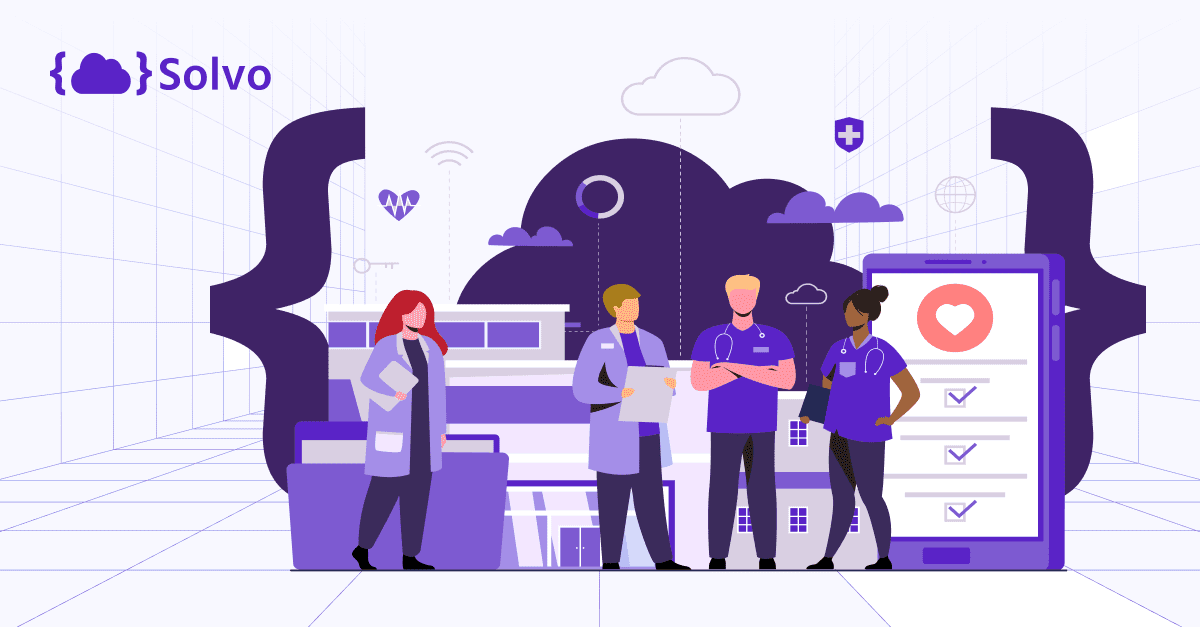In recent months, the healthcare industry has been hit by significant cybersecurity breaches affecting at least two of its largest players, UnitedHealthcare and Kaiser Permanente. What makes these breaches particularly interesting is not just their scale, but also the potential interconnectedness that raises questions about the state of cybersecurity in the healthcare sector.
The UnitedHealth Group was hit by the Optum ransomware attack, orchestrated by the BlackCat/ALPHV ransomware gang. This breach caused a significant outage, disrupting vital services across healthcare and resulting in a staggering $872 million in damages. To protect sensitive patient data, UnitedHealth paid a ransom, only to face further extortion from the group RansomHub, highlighting the intricate threats faced by such institutions.
Meanwhile, Kaiser Permanente, a key healthcare provider, experienced a data security incident affecting a massive number of individuals. Approximately 13.4 million people’s information was exposed to third-party trackers, revealing the widespread digital vulnerabilities. While this breach didn’t compromise sensitive financial or medical data, it underscores the challenges of safeguarding even seemingly innocuous information in today’s digital landscape.
What’s particularly concerning is the timing and potential implications of these breaches occurring in such proximity. While the specifics of the attack vectors and perpetrators were not officially disclosed yet, the possibility of coordinated efforts or shared vulnerabilities cannot be dismissed. The healthcare sector’s attractiveness to cybercriminals, given the value of medical data on the dark web, further amplifies these concerns.
These breaches serve as urgent reminders of the critical need for robust cybersecurity measures within healthcare organizations, in addition to existing regulatory frameworks. The consequences extend beyond financial losses and operational disruptions to encompass patient trust and confidentiality. As UnitedHealthcare and Kaiser Permanente work diligently to contain the fallout and strengthen their defenses, the broader industry must learn from these events and bolster its cybersecurity stance to safeguard the sensitive data entrusted to it.
How might this impact individuals?
It’s common for people to dismiss concerns about privacy with statements like “I have nothing to hide” or “What can hackers do with my old X-rays and blood tests?” However, this perspective overlooks critical points. The compromised data includes personally identifiable information (PII) such as names, addresses, and Social Security numbers (SSNs), which can fuel fraud and identity theft. Moreover, the leaked personal health information (PHI) could be sold to criminals or used for extortion. In more severe cases, it might even end up in the hands of other insurance companies. Ultimately, individuals must remain vigilant about the potential exposure of their PII and PHI to unauthorized parties.
What implications does this have for other healthcare and insurance providers?
While these entities must adhere to regulatory frameworks like HIPAA and privacy laws such as GDPR, CCPA, and their equivalents, recent breaches highlight that mere compliance doesn’t guarantee immunity from security breaches. Organizations entrusted with user data must always anticipate worst-case scenarios. Here are some recommendations to enhance preparedness:
- Enforce and constantly validate the least-privileged principle: human and non-human (machine) identities should only have access to data and resources essential for their tasks within the application architecture. Continuously verify that access and privileges are appropriately aligned with specific resource needs. After the initial clean-up, this process should be iterative and, potentially, automated.
- Maintain awareness of data locations and ensure continuous protection: sensitive data isn’t confined to production environments alone. Organizations may discover sensitive data in non-production environments lacking stringent security protocols. Leverage automated discovery tools to identify data resources, evaluate their protection measures (encryption, network, identity access controls, backups, etc.), and monitor data movement.
- Automate detection and initial response mechanisms – establish effective guardrails to detect and respond swiftly to configuration errors or potential breaches before malicious actors exploit them. These guardrails should alert you about data leaks, unexpected key changes, and other indicators of security incidents. Automation can provide an initial response, affording critical moments for investigation and tailored responses such as blocking outbound traffic, revoking credentials, or isolating compromised systems.
In an era where digital interconnectedness defines modern healthcare, resilience against cyber threats isn’t just a recommendation but an imperative. The repercussions of failure are not just financial but also impact the fundamental trust that underpins the patient-provider relationship. As investigations unfold and recovery efforts continue, the spotlight on healthcare cybersecurity grows ever brighter, demanding proactive measures and collaborative approaches to safeguarding our most sensitive information.
Ready to safeguard your healthcare organization against cyber threats? Explore Solvo’s compliance bundle—a tailored solution, designed to ensure HIPAA compliance and fortify your cybersecurity defenses. Discover how Solvo can support your cybersecurity initiatives and provide peace of mind in today’s digital healthcare landscape.
